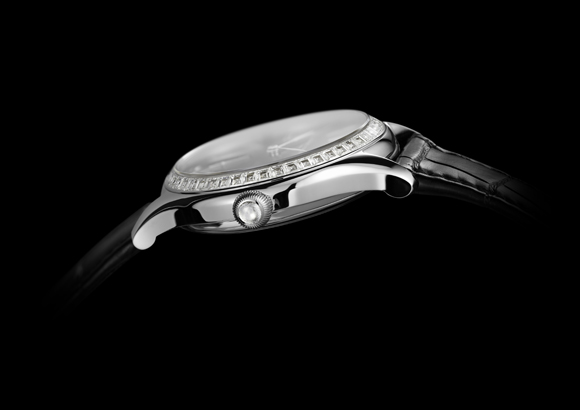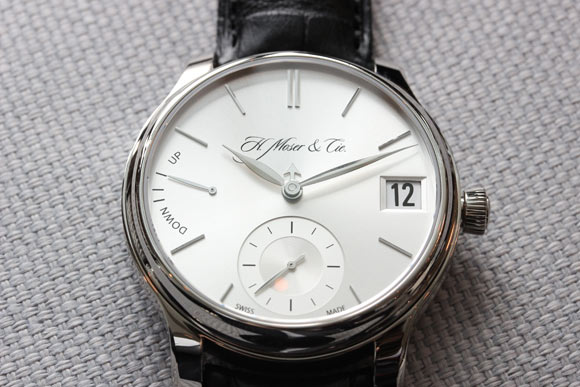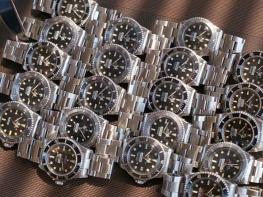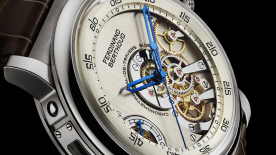What happens when we see a rare object presented in large quantities? The question occurred to me while browsing on a watchmaking forum on the web. During a meeting of Comex-type Rolex enthusiasts, a photo had been taken featuring no less than 18 of these watches lined up on a place mat. This profusion entirely contradicts the exclusive nature of these watches, given that a Comex ref. 5514 or 16600 sells for between €50,000 and 100,000 and is considered to be one of the rarest Rolex models. It’s a bit like seeing 30 Ferrari 250 SWBs at a gathering of collectors such as Pebble Beach. Or the recent video where 40 Ferrari F12 Berlinettas met up on the Nürburgring track. It’s just too much. Too much for models of which so few have been made. How can something that is rare become abundant?
The Merriam-Webster dictionary provides the following definition: “Exclusive: not shared; available to only one person or group.” It’s all a matter of the size and composition of the group in question. The planet currently has around 17 million millionaire households, no less. Many of them are involved in a quest for differentiation, for a means of standing out from the masses, for finding their place in a category apart. This approach is also being taken by some of the less wealthy. Yet how can this be achieved by owning the same watch as a neighbour, competitor, friend… or a vulgar individual encountered during a party? I am deliberately taking the example of watches because, for their devotees, there is nothing random about them. They are considered in varying degrees as a symbol of success, taste, culture, refinement and knowledge. Apart from success, all the other criteria relate to brands and models that are not commonly found in the world’s major shopping centres.

The definition also reads: “excluding others from participation”. To be exclusive, an object must be rare, which explains the growing success of one-of-a-kind creations and special orders. It must also be hard to recognise and to identify. So perhaps the most exclusive objects are those that are anonymous and do not immediately ring a bell? How is good taste demonstrated within such a context, since taste is a social value that is only valid if certain selected people are able to acknowledge it? This quality also goes against the very nature of the brands, which is to make themselves known. It is also contradicted by their propensity to produce limited series that are not really all that limited. Making do with a 1,000-strong edition does not really seem a proof of restraint…

On the occasion of my first visit to the Manufacture H. Moser & Cie, one of the people taking part in the meeting was wearing a model by the brand. Surprisingly, he later mentioned he was a teacher in France. How could he wear a watch that cost more than €15,000 in order to satisfy his passion for watches, within a circle that is both inherently modest and distrustful of luxury? He explained the apparent paradox in simple terms: “Nobody understands what I’m wearing”. The only authentic approach to exclusivity thus seems to me to be the avenue of knowledge. General knowledge that enables everyone to recognise what is on the wrist of another person. To flaunt the model one has chosen to wear. Just as a drop of seawater contains an entire universe, the watch is an incredibly broad, rich galaxy in which finding one’s way is just as important as mastering the subtleties of a foreign language. It is an instrument serving to navigate the world in general – and in particular the (naturally exclusive) waters of high society.









